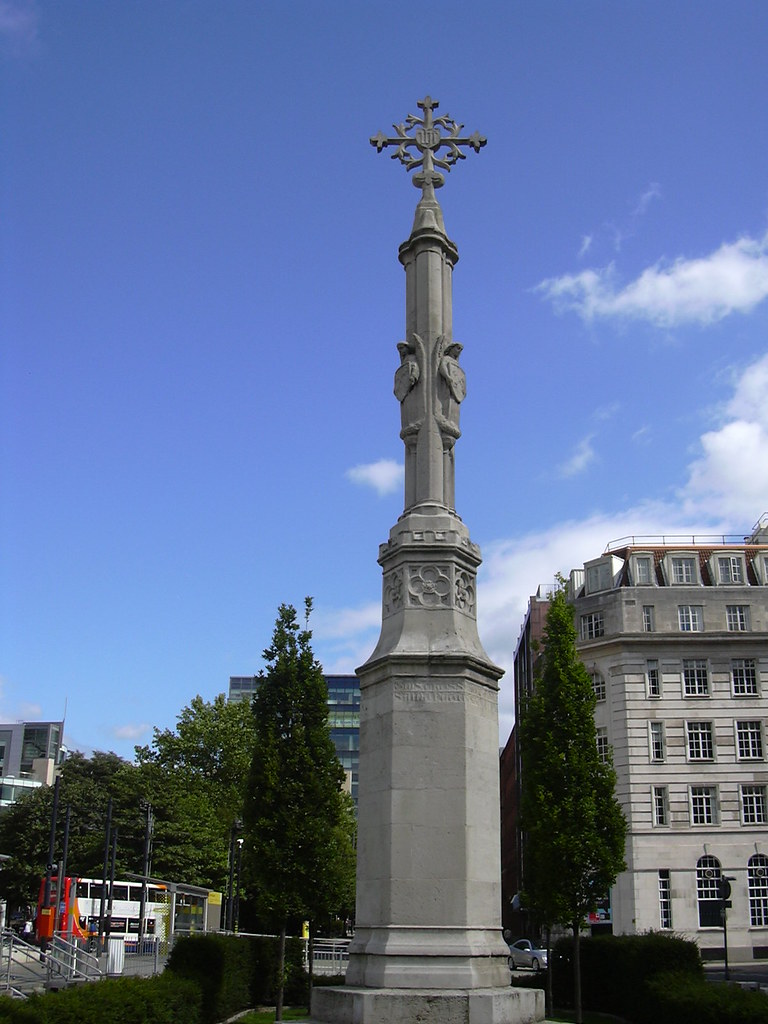Understanding Peter's Cross: A Comprehensive Guide
Peter's Cross is a significant symbol that holds deep meaning for many individuals and communities around the world. This article delves into the origins, significance, and various interpretations of Peter's Cross, providing a thorough exploration of its relevance in both historical and modern contexts. We will examine the symbolism associated with the cross, its place in various cultures, and how it continues to resonate today.
The term "Peter's Cross" is often associated with Christianity, particularly in relation to the Apostle Peter. However, its interpretations can extend beyond religious boundaries, making it a fascinating subject for those interested in history, religion, and culture. In this article, we will break down the various aspects of Peter's Cross and its implications, ensuring that readers gain a comprehensive understanding of its significance.
By the end of this article, you will not only learn about the historical context of Peter's Cross but also its influence on contemporary society. Whether you are a student of theology, a history buff, or simply curious about cultural symbols, this article aims to provide valuable insights and foster a greater appreciation for the complexities of Peter's Cross.
Table of Contents
- Biography of Peter's Cross
- The Origin of Peter's Cross
- Symbolism of Peter's Cross
- Cultural Significance of Peter's Cross
- Modern Interpretations of Peter's Cross
- Statistical Insights into Peter's Cross
- Conclusion
- Call to Action
Biography of Peter's Cross
Peter's Cross, also known as the Cross of Saint Peter, is a symbol that represents the martyrdom of Saint Peter, one of Jesus Christ's apostles and a pivotal figure in Christianity. According to tradition, Peter was crucified upside down in Rome, feeling unworthy to die in the same manner as Jesus. This unique form of crucifixion is what gives Peter's Cross its distinctive appearance, often depicted as an inverted cross.
| Data Point | Details |
|---|---|
| Name | Peter's Cross |
| Associated Figure | Saint Peter |
| Symbolism | Martyrdom, humility |
| Historical Context | Christianity, early church history |
The Origin of Peter's Cross
The origins of Peter's Cross can be traced back to the early days of Christianity. Following the resurrection of Jesus, Peter played a crucial role in spreading the teachings of Christ. His leadership and eventual martyrdom became a cornerstone of Christian faith. The cross that symbolizes his sacrifice serves as a reminder of his unwavering faith and dedication.
Historical Context
During the Roman Empire, Christians faced severe persecution. The crucifixion of Peter is believed to have occurred around 64 AD, during the reign of Emperor Nero. This historical backdrop adds depth to the significance of Peter's Cross, as it embodies the struggles faced by early Christians.
Symbolism of Peter's Cross
Peter's Cross is rich in symbolism, representing not only the martyrdom of Saint Peter but also humility and faith. The inverted position of the cross signifies Peter's desire to honor Christ by choosing a method of execution that he deemed more fitting, as he believed he was unworthy of dying in the same manner as Jesus.
Religious Interpretations
- Martyrdom: Represents the ultimate sacrifice for one's beliefs.
- Humility: An acknowledgment of one's limitations and imperfections.
- Faith: A testament to unwavering belief even in the face of death.
Cultural Significance of Peter's Cross
Beyond its religious connotations, Peter's Cross has permeated various cultures and artistic expressions. It has been depicted in literature, art, and music, often symbolizing rebellion against authority or the struggle for personal faith.
Artistic Representations
Peter's Cross has inspired countless artists throughout history. Notable works include paintings, sculptures, and modern interpretations in digital art. Each representation provides a unique perspective on the cross's meaning and significance.
Modern Interpretations of Peter's Cross
In contemporary society, Peter's Cross continues to evoke discussion and interpretation. It is often used in discussions surrounding faith, morality, and personal identity.
Symbol of Rebellion
Some modern interpretations view Peter's Cross as a symbol of rebellion against established norms, particularly in discussions about faith and spirituality. This perspective has led to a broader understanding of the cross's implications in today's society.
Statistical Insights into Peter's Cross
Research shows that interest in Peter's Cross and its symbolism has grown significantly in recent years. According to a survey conducted by the Pew Research Center, around 48% of individuals identify with some form of Christianity, highlighting the continued relevance of symbols like Peter's Cross in religious discourse.
Conclusion
In conclusion, Peter's Cross serves as a powerful symbol that encompasses themes of martyrdom, humility, and faith. Its historical significance, cultural representations, and modern interpretations make it a subject worthy of exploration. Understanding Peter's Cross allows us to appreciate the complexities of faith and the enduring impact of religious symbols in our lives.
Call to Action
We invite you to share your thoughts on Peter's Cross in the comments section below. If you found this article informative, consider sharing it with others who might be interested. Additionally, explore other articles on our site to deepen your understanding of cultural symbols and their significance.
Thank you for reading, and we hope you return for more insightful discussions on topics that matter.
Anfel Wicky: The Rising Star Of Entertainment
Davido Height In Cm: A Comprehensive Insight
Georgina Age: Exploring The Life And Milestones Of A Rising Star


